Matcha’s unique cultivation and preparation not only enhance its flavor but also preserve its nutritional integrity. Because the whole leaf is consumed in powdered form, Matcha delivers a more concentrated dose of antioxidants, vitamins, and minerals compared to steeped green tea. This whole-leaf consumption is one reason why Matcha is often praised for its health benefits, including improved focus, metabolism support, and detoxification. Its vibrant green color also reflects the richness of chlorophyll, which is amplified through the shading process.
- The process of making Matcha begins about twenty days before the harvest, when the tea leaves are shaded from the sun. Shading concentrates the plant's chlorophyll content, its dark green coloring. Shading also boosts nutrient content. During this shaded growth, the tea plant produces more theanine and caffeine. This deliberate shading process mimics the natural conditions of forest-grown tea plants and significantly impacts the tea's flavor profile. By reducing exposure to direct sunlight, the plant slows its growth and increases the production of amino acids, particularly L-theanine, which contributes to Matcha’s signature umami taste. The combination of high theanine and caffeine results in a balanced energy boost—calm alertness rather than jitteriness. This traditional cultivation method reflects centuries of Japanese tea-growing wisdom, where even minor environmental adjustments are made with great precision to achieve superior tea quality.
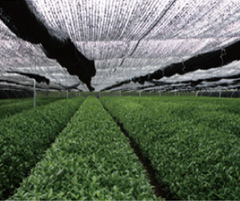
- The process of shade growing, which takes about three weeks, gives the tea its high caffeine content.
- Believe it or not, it contains more caffeine than coffee does. One teaspoon contains 70 milligrams of caffeine, while a shot of espresso contains just 64 milligrams of caffeine. This means that one cup of this tea will give you a greater energy boost than your average cup of coffee will.
- Matcha contains 10-15% more life-sustaining amino acids and other nutrients that your body needs. One cup of regular green tea contains 3 mg amino acids compared to 44.7 mg in Matcha.
- Not all matcha is created equal. Ceremonial grade powdered tea is equivalent to that which is used in traditional Japanese ceremonies, while culinary grade is used to flavor noodles, lattes, ice cream, and more.
- The unique caffeine in Matcha is called theophylline. Theophylline is proved to provide a more sustained release of energy, helping you to avoid that caffeine crash 2 hours after a cup of coffee. Because it is shade-grown, Matcha has higher levels of theophylline than any other type of green tea.
- Blends of this tea are given poetic sounding names by their producers or sellers. These names are called chamei, which translates to "tea names." If a particular blend is found suitable by a grand master of the tea ceremony, usually with a family lineage of ceremony masters, he gives it its chamei. It is then known also as his konomi, or "butcher block of leaf."
- Aracha is the state of the leaves after they have been steamed and dried. Tencha is the state after leaves have been de-stemmed and deveined.
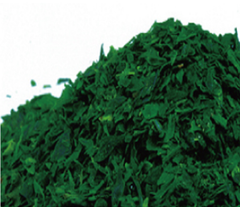
- There are two main ways of preparing matcha, each for differing occasions. Usucha is a thin version of the tea, and koicha is a doubly thick version. Koicha is stirred very slowly. You don't want bubbles, like you would in a Usucha.
- The grinding process is very slow because grinding must be done at low temperature to preserve high nutrient levels; heat will alter the aroma and the quality of the powder. Each stone grinder produces only about 40 grams in an hour. 40g will yield 20 bowls of usucha (thin). 40g will yield 10 bowls of koicha (thick)
- A variety called Dark Matcha or Koicha is used in the Japanese tea ceremony. Dark Matcha was originally made from tea bushes that were over 100 years old; it is now made from certain cultivars.
- If you’ve ever ordered a green tea-infused latte at Starbucks, you’ve probably tasted matcha before. That’s because Starbucks only uses matcha green tea in their blends. Japan currently has the fourth largest number of Starbucks stores, with around 1,040 across the island nation.
- Matcha contains four times the catechins of regular brewed green tea. One cup of matcha contains the same amount of nutrition and antioxidants as ten cups of traditional green tea.
- Matcha tea has 33 times the antioxidant potential of blueberries.
- The drink is generally mixed with a bamboo brush, specially designed to froth the mix.
- When making a Usucha you can also use a milk frother to introduce air into the mixture and get the creamy texture normally seen.
- Koicha normally is made with more expensive varieties; the most expensive kind can be made from tea leaves over thirty years old.
- Matcha in ceremony are traditionally served with a wagashi, which are Japanese sweets or small baked goods.
- Matcha is Tencha tea that has been stoneground. Not to be confused with green tea powder, a usually much lower quality tea that has not undergone the extensive process.
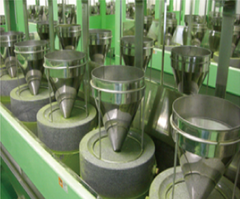 Stone Grind for Matcha
Stone Grind for Matcha
- When Matcha is made from older tea leaves, its sweeter.
- The highest-quality varieties come from the southern regions of Japan which is mostly made from Yabukita varietal. Yabukita is popular because of its high yield and the umami flavor. Yabukita is frost resistant but susceptible to fungal diseases. Other varietals include Okumidori, Samudori, and Asahi.
- The quality is most easily determined by its color. Anything yellowish or coarse is not likely to taste very good. Higher grades of tea are generally sweeter in taste.
- When well stored, will retain its color, flavor and aroma for weeks and even months.
- Most farmers pick leaves entirely by hand after shading.
- The traditional Japanese tea ceremony uses matcha and a bamboo whisk. However, matcha is easy to dissolve in either hot or cold water. Matcha has a strong robust flavor, but you can dilute it according to your tastes. The normal amount is about 1/2 teaspoon per 8-10 oz water.
- Matcha makes a wonderful addition to other foods as well. You can find recipes for using Matcha in smoothies, cakes, ice cream, soups, scones and more. There are no limits to the ways you can enjoy matcha.
- If you are interested in purchasing quality matcha, you can purchase from our online store by clicking here.
- Matcha is rich in chlorophyll, a natural detoxifier that helps cleanse the body of harmful chemicals and heavy metals.
- The L-theanine in Matcha promotes alpha brain waves, which are associated with relaxation and mental clarity.
- Samurai warriors consumed Matcha before battle to enhance focus and endurance without the jitters of regular caffeine.
- Matcha’s vibrant green color is a sign of freshness and quality — dull or yellowish tones usually indicate lower grades.
- Cold-brew Matcha is a growing trend, offering a smoother taste and a different antioxidant profile compared to hot brews.
- High-grade ceremonial Matcha is traditionally sifted through a fine mesh sieve to prevent clumps before whisking.
- A traditional bamboo scoop, called a chashaku, is used to measure the perfect amount of Matcha for a single serving.
- One of the best storage methods for Matcha is refrigeration in an airtight, opaque container to prevent light and moisture exposure.
- Matcha is considered a symbol of hospitality and respect in Japanese culture, especially during tea ceremonies.
- The calming energy from Matcha makes it popular among monks, who use it during long hours of meditation.
- While culinary Matcha is more bitter and earthy, ceremonial Matcha is prized for its creamy, naturally sweet flavor.
- Drinking Matcha daily has been linked in some studies to improved cholesterol and cardiovascular health.
- Matcha's EGCG (epigallocatechin gallate) content contributes to its anti-inflammatory and fat-burning properties.
- The caffeine in Matcha is absorbed more slowly due to the presence of L-theanine, promoting longer-lasting energy.
- Some premium Matcha farms are located in Uji (Kyoto Prefecture) and Nishio (Aichi Prefecture), two renowned tea-producing regions of Japan.
- The frothy foam on top of a properly whisked Usucha is considered a mark of skilled preparation.
- Koicha, being thicker and stronger, uses about double the amount of powder and less water than Usucha.
- Some modern culinary dishes incorporate Matcha in savory recipes like pasta, soups, and even tempura seasoning.
- Matcha has become a staple ingredient in skincare products due to its antioxidant and anti-aging benefits.
- The cultural significance of Matcha extends beyond Japan, with global Matcha festivals and competitions now held worldwide.
- Matcha plays a central role in the Japanese tea ceremony, known as “chanoyu,” which is not just a beverage ritual but a spiritual practice rooted in mindfulness, simplicity, and harmony. Every gesture in the ceremony—from cleaning the tools to whisking the tea—is performed with grace and intention. Participants are encouraged to appreciate the moment, the surroundings, and the seasonal sweets served with the tea. This ceremonial practice has been refined over centuries and continues to be a revered cultural tradition in Japan.
- The best Matcha is harvested only once a year, typically during the first flush of spring, when the leaves are most tender and nutrient-rich. This first harvest, known as “Ichibancha,” produces the highest quality leaves due to cooler temperatures, rich soil, and careful cultivation. These leaves contain the most chlorophyll, amino acids, and flavor compounds. Later harvests are considered lower grade and used mostly for culinary Matcha or green tea powders.
- Unlike coffee, which often results in an energy spike followed by a crash, Matcha provides a balanced state of alertness thanks to its combination of caffeine and L-theanine. While caffeine alone can cause jitters, the presence of L-theanine in Matcha calms the nervous system and promotes a relaxed concentration. This makes Matcha a popular choice for students, professionals, and anyone seeking sustained mental clarity without overstimulation.
- The health benefits of Matcha go beyond antioxidants; it has been linked to improved metabolism, better liver function, and enhanced brain performance. A number of studies suggest that regular consumption of Matcha may help regulate blood sugar levels, reduce inflammation, and even support heart health. The synergy between its natural compounds, especially catechins like EGCG, makes it a potent superfood in the wellness community.
- Traditionally, Matcha was consumed exclusively by Buddhist monks and the Japanese elite, but today it has become a global phenomenon found in cafes, bakeries, and wellness shops. Its rise in popularity outside of Japan can be attributed to both its distinct taste and its growing reputation as a health-boosting ingredient. From matcha lattes to energy bars, it has seamlessly integrated into modern food culture while maintaining its deep-rooted cultural legacy.
- The fine powder texture of Matcha is achieved using traditional granite stone mills, which slowly grind the dried Tencha leaves into a silky, uniform consistency. This artisanal process ensures that the tea retains its aroma, nutrients, and vibrant color. The grinding is deliberately slow to avoid heat buildup, which could otherwise degrade the quality. Because of this labor-intensive method, only small amounts of premium Matcha can be produced each day.
- Matcha’s influence on Japanese aesthetics and design is evident in how it’s served—with handcrafted bowls, bamboo whisks, and wooden scoops that reflect Wabi-Sabi, the beauty of imperfection. Each piece of the tea set is carefully chosen to complement the season and setting. The bowls, often handmade by ceramic artisans, are celebrated for their natural textures and uneven shapes, which symbolize the appreciation of nature and simplicity.
- One of the lesser-known aspects of Matcha is its use in traditional Japanese sweets called "wagashi," which are specifically crafted to balance the bitterness of the tea. Wagashi often feature seasonal ingredients and beautiful, delicate designs. Their subtle sweetness contrasts the rich, earthy flavor of Matcha, making the pairing not just delicious but also deeply symbolic of harmony and seasonal appreciation.
- The preparation of Matcha has its own etiquette, including how to whisk, sip, and rotate the bowl. During formal tea ceremonies, guests turn the bowl slightly before drinking to avoid sipping from the front, a gesture of humility and respect. The whisking technique also varies depending on the desired foaminess. This attention to detail emphasizes Matcha’s role as more than just a drink—it’s an art form.
- In recent years, Matcha has inspired a new wave of culinary experimentation, with chefs using it in savory sauces, salad dressings, and even sushi rolls. The umami profile of high-grade Matcha complements foods like avocado, tofu, and seafood. It also adds visual appeal with its vibrant green color, making it a favorite for food stylists and gourmet enthusiasts looking to combine tradition with innovation.
CONCLUSION
Matcha is far more than just a trendy green powder—it’s a centuries-old tradition deeply rooted in Japanese culture, craftsmanship, and wellness. From its meticulous cultivation and nutrient-dense profile to its ceremonial significance and global culinary applications, Matcha continues to captivate tea lovers and health enthusiasts alike. Whether you enjoy it in its purest form or as part of modern recipes, every sip of Matcha carries with it a rich history, a promise of calm energy, and a powerful blend of health benefits. Embracing Matcha means embracing a timeless ritual that nourishes both body and mind.
Above is part of a chapter from my recent book: Green Tea Mania : 250+ Green Tea Facts, Tips & Trivia You (Probably) Didn't Know
Please Click Below Image to Get My Book Green Tea Mania : 250+ Green Tea Facts, Tips & Trivia You (Probably) Didn't Know from Amazon (Both Printable Format and Kindle Version Available)
Language: English
ISBN-10: 1544093322
ISBN-13: 978-1544093321
Product Dimensions: 8.2 x 0.3 x 6 inches
Shipping Weight: 7.8 ounces
Green Tea Mania is a must have book for trivia lovers and fans of green tea. This is author Kei Nishida’s second book on green tea, following up his earlier work, I Will Teach You to Be Healthy Using Japanese Green Tea. Green Tea Mania delivers 200+ facts and an array of delightful pictures in its 120 pages. This full color trivia tome helps paint a picture of not only the health properties of this magical leaf, but also its history and cultivation.
Did you know that Black Tea, Oolong Tea, and Green Tea come from the same plant or that their labels really just describe where the leaf was left off in the fermentation process? Learn about the unusual uses for Green tea such as “Green Tea Beer” or cake. Find out how to get more of the antioxidant Catechin out of tea by adding one simple ingredient. These facts and hundreds more are all contained inside this beautiful guide to Green Tea.
This book is a must-have for the health conscious or Green Tea enthusiast.
Click Here to Get This Book On Amazon Now
Get Free Bonus Books

Sign up for free to the Green Tea Club to get advice and exclusive articles about how to choose Japanese Tea, and tips, tricks, and recipes for enjoying Japanese tea.
About the author
Kei Nishida
Author, CEO Dream of Japan
Certification: PMP, BS in Computer Science
Education: Western Washington University
Kei Nishida is a passionate Japanese green tea connoisseur, writer, and the founder and CEO of Japanese Green Tea Co., a Dream of Japan Company.
Driven by a deep desire to share the rich flavors of his homeland, he established the only company that sources premium tea grown in nutrient-rich sugarcane soil—earning multiple Global Tea Champion awards.
Expanding his mission of introducing Japan’s finest to the world, Kei pioneered the launch of the first-ever Sumiyaki charcoal-roasted coffee through Japanese Coffee Co. He also brought the artistry of traditional Japanese craftsmanship to the global market by making katana-style handmade knives—crafted by a renowned katana maker—available outside Japan for the first time through Japanese Knife Co.
Kei’s journey continues as he uncovers and shares Japan’s hidden treasures with the world.
Learn more about Kei
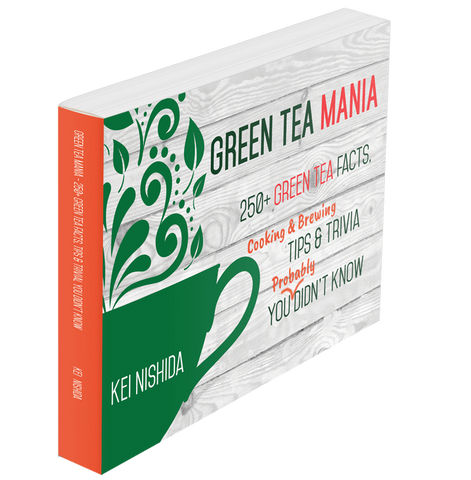
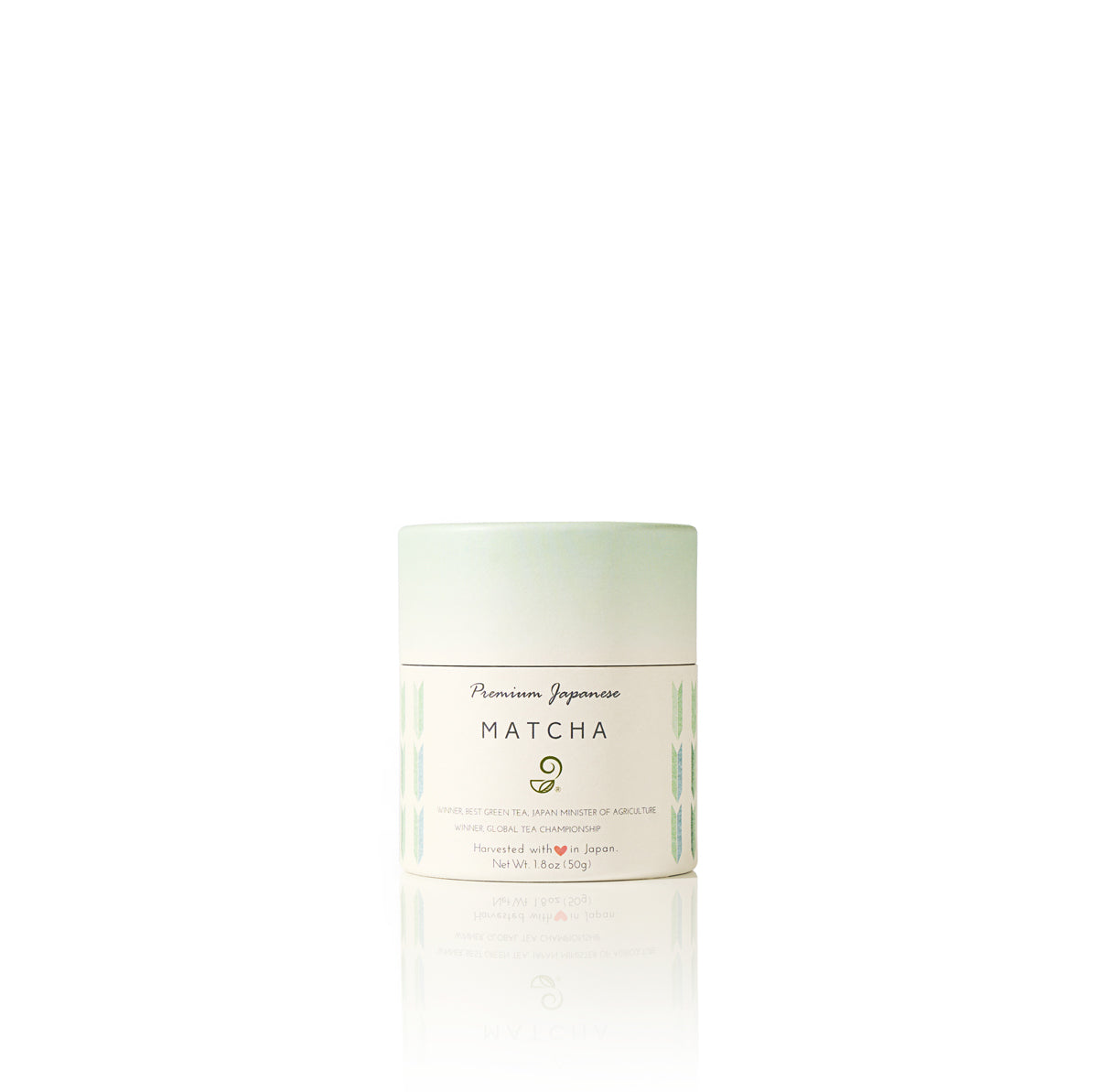
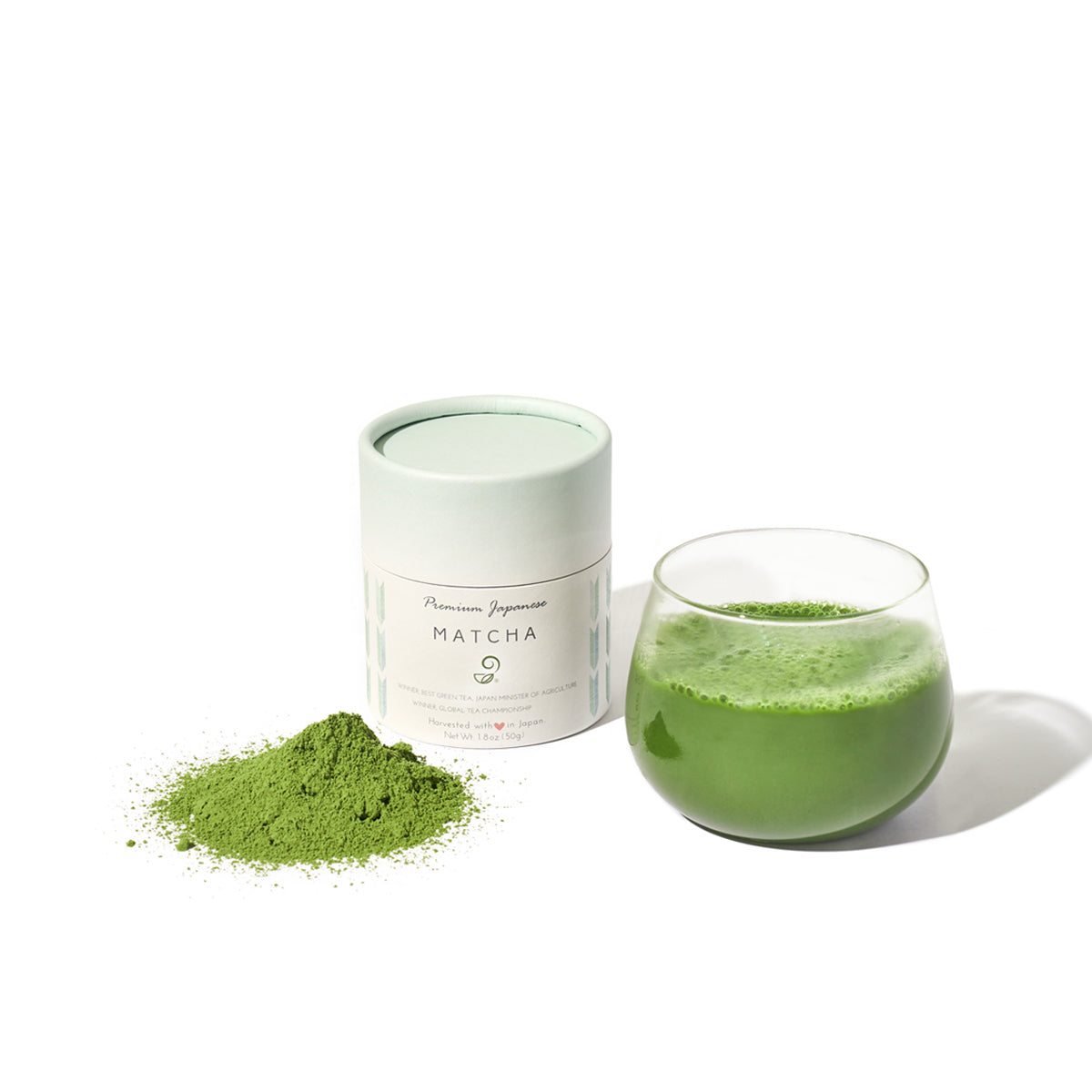
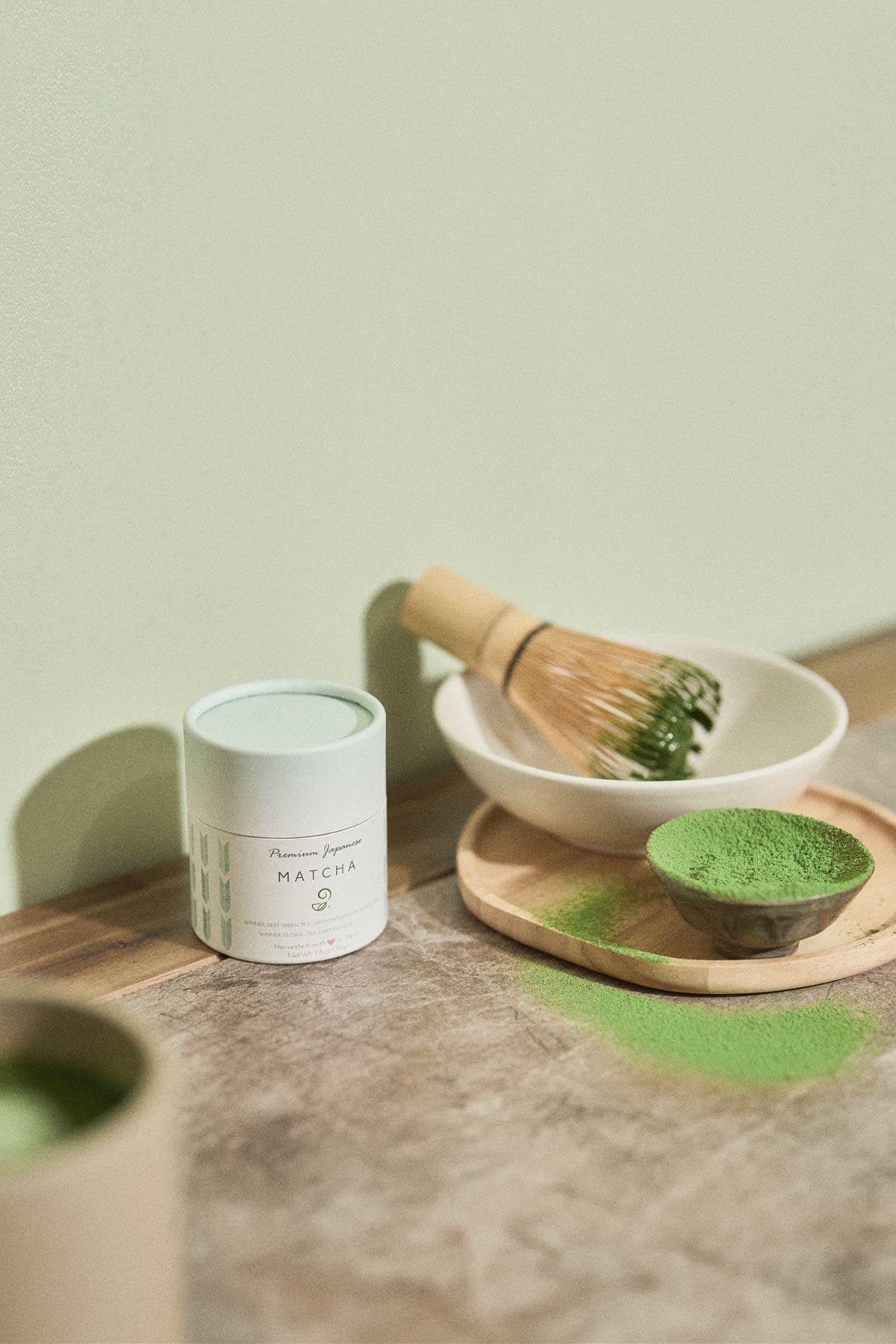
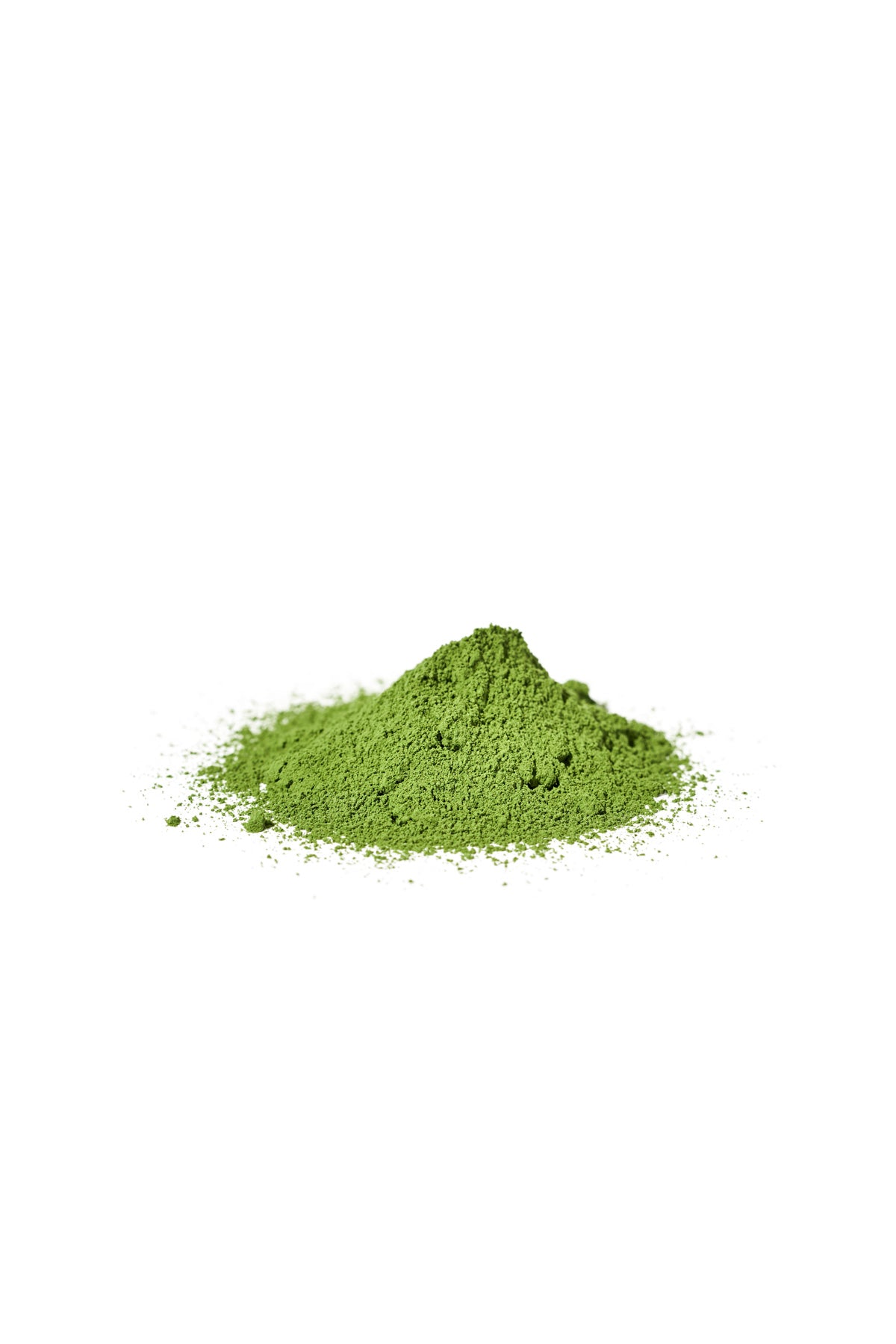
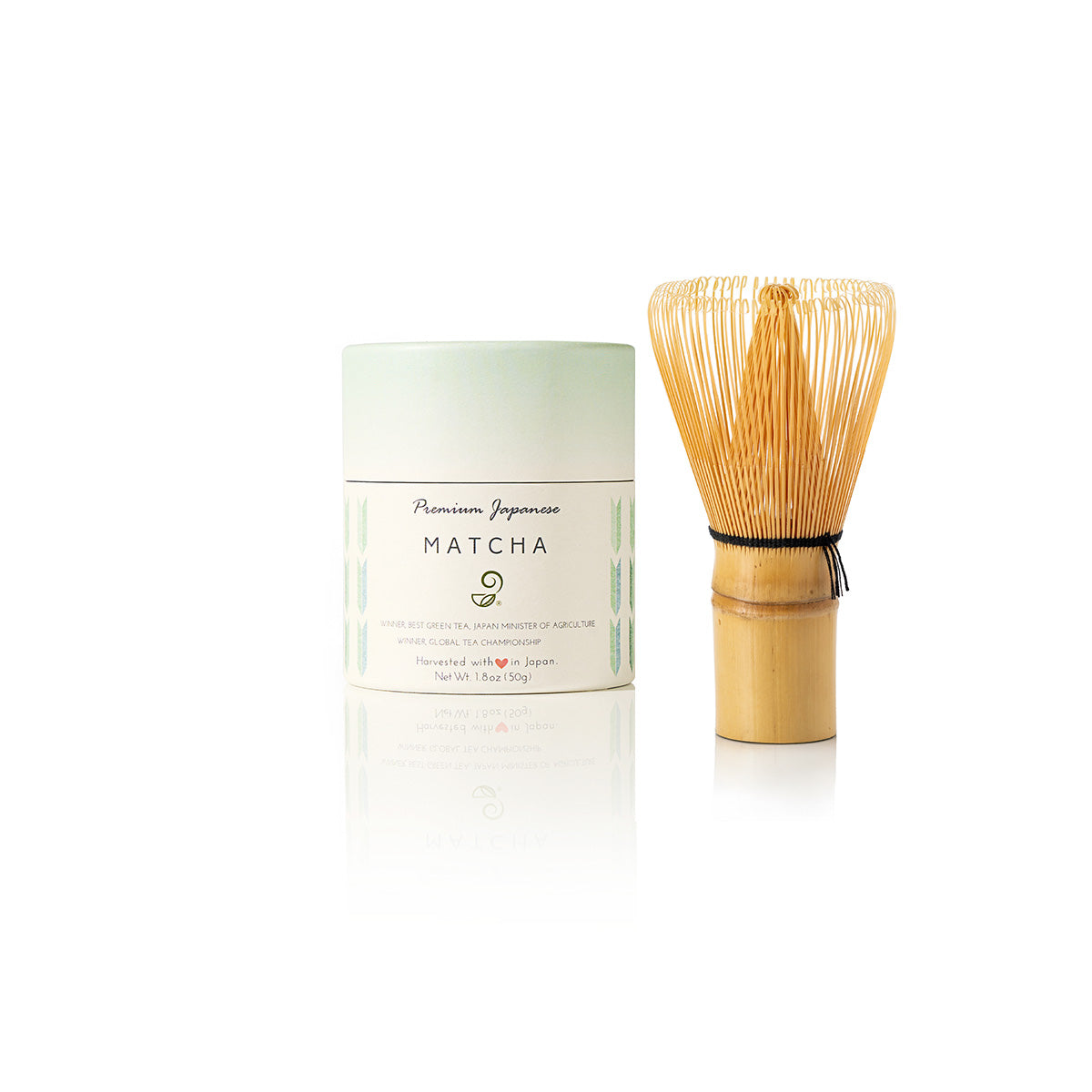
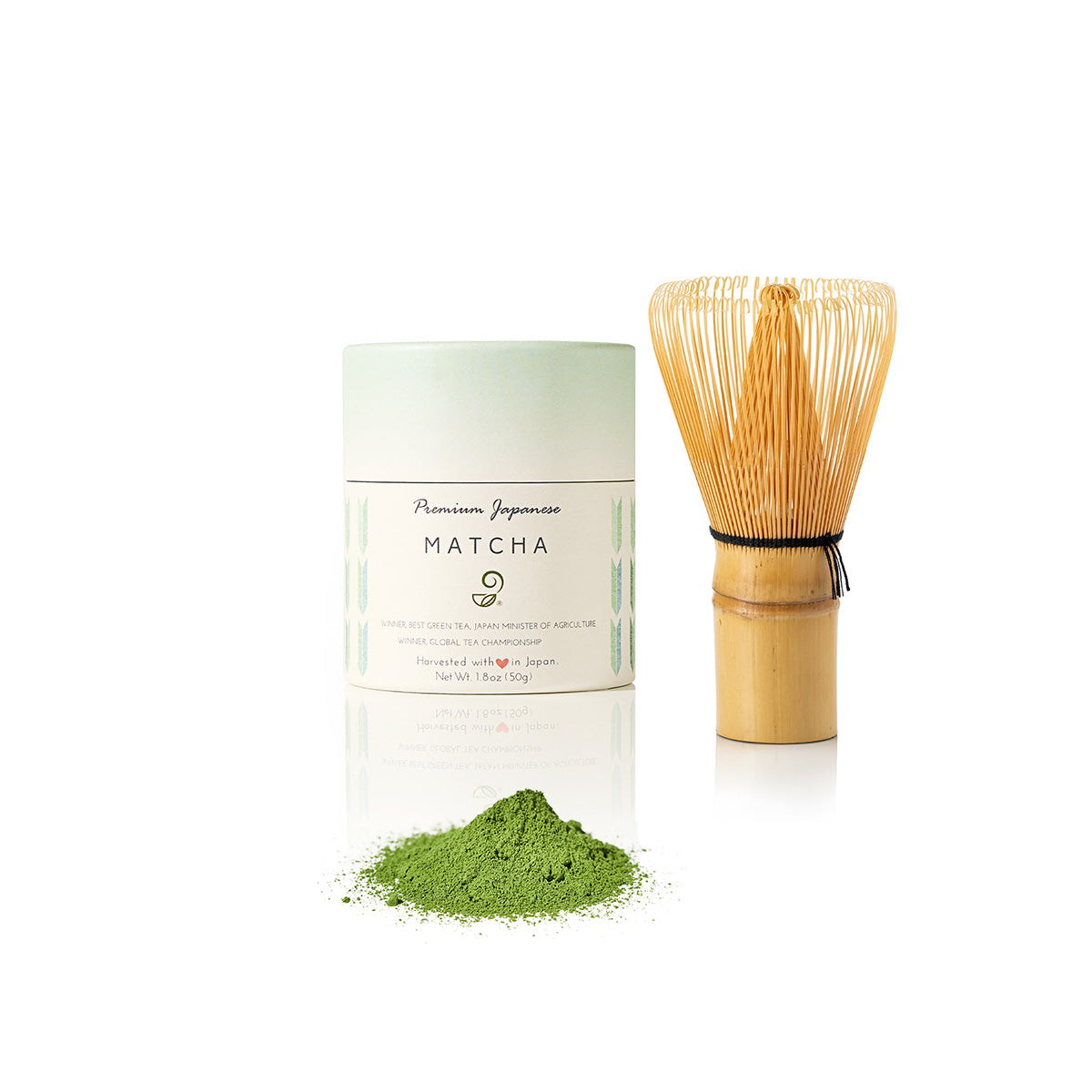
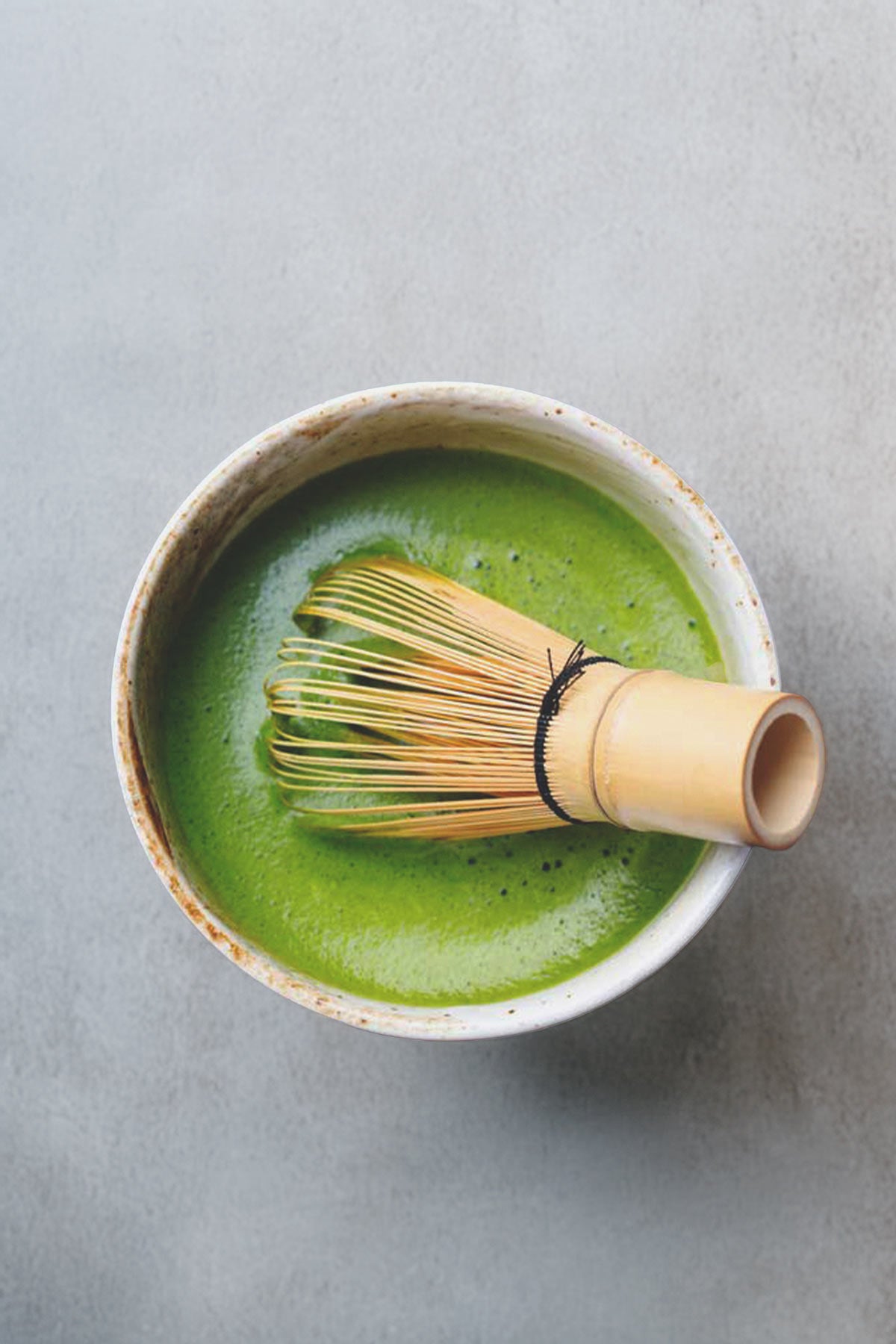
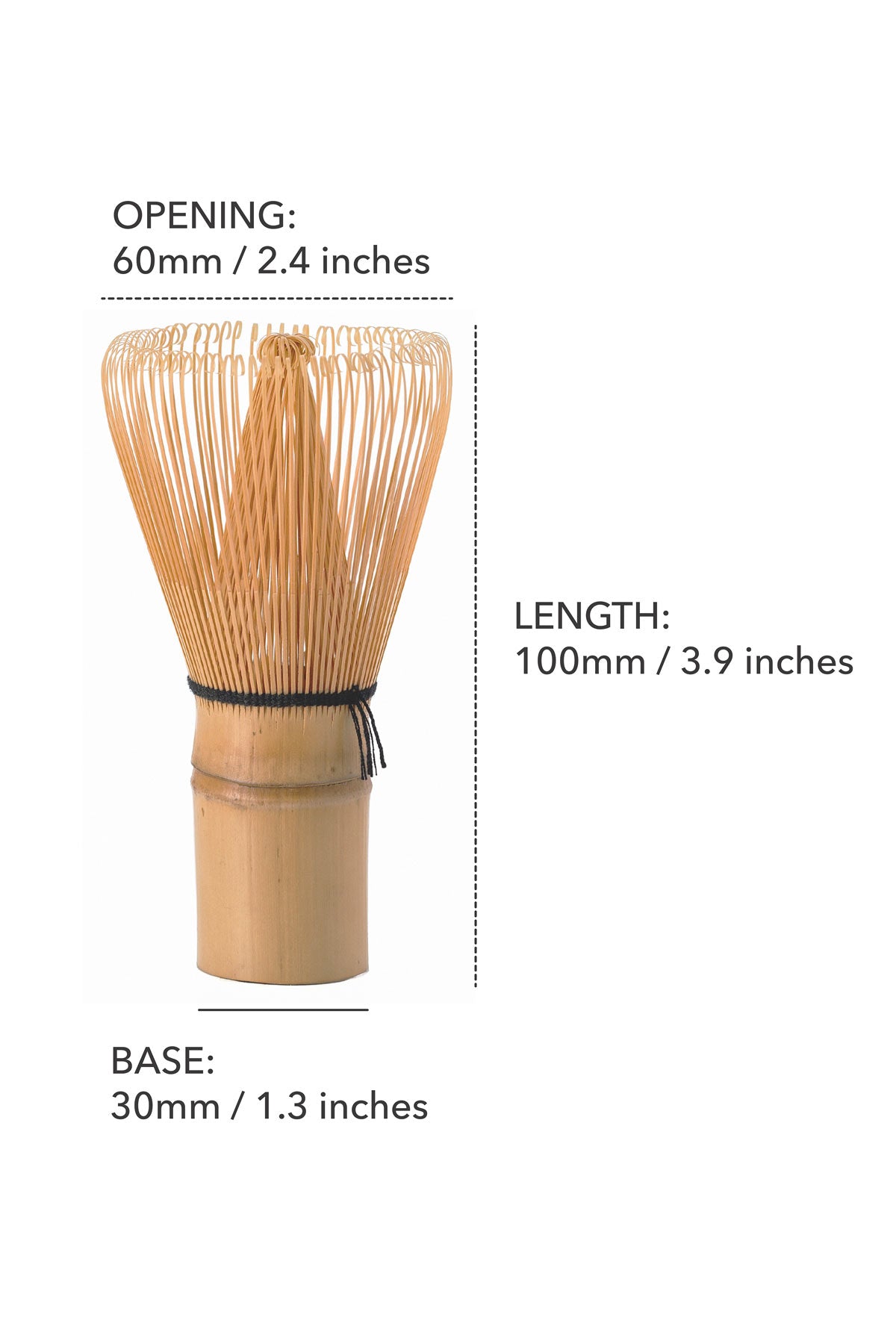
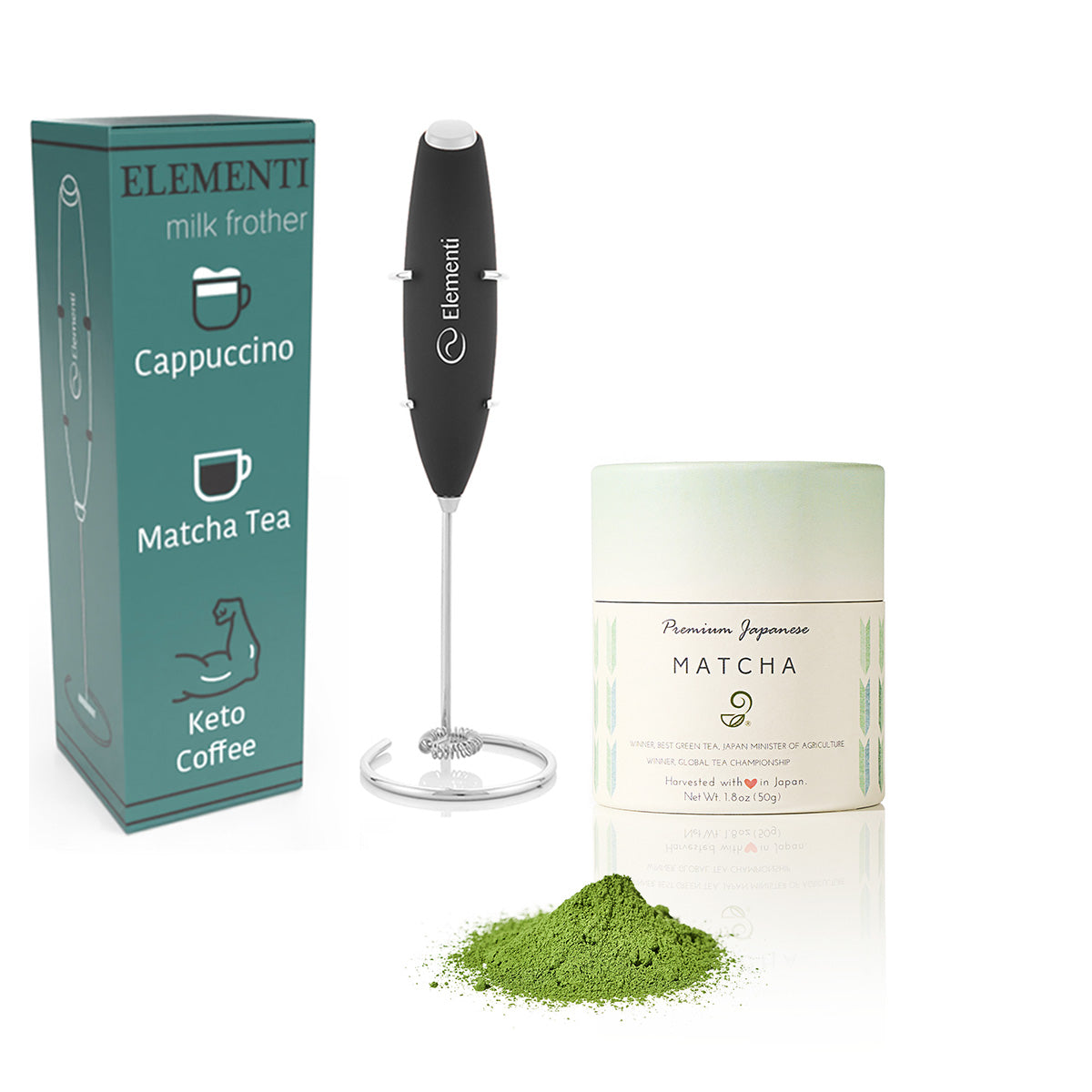
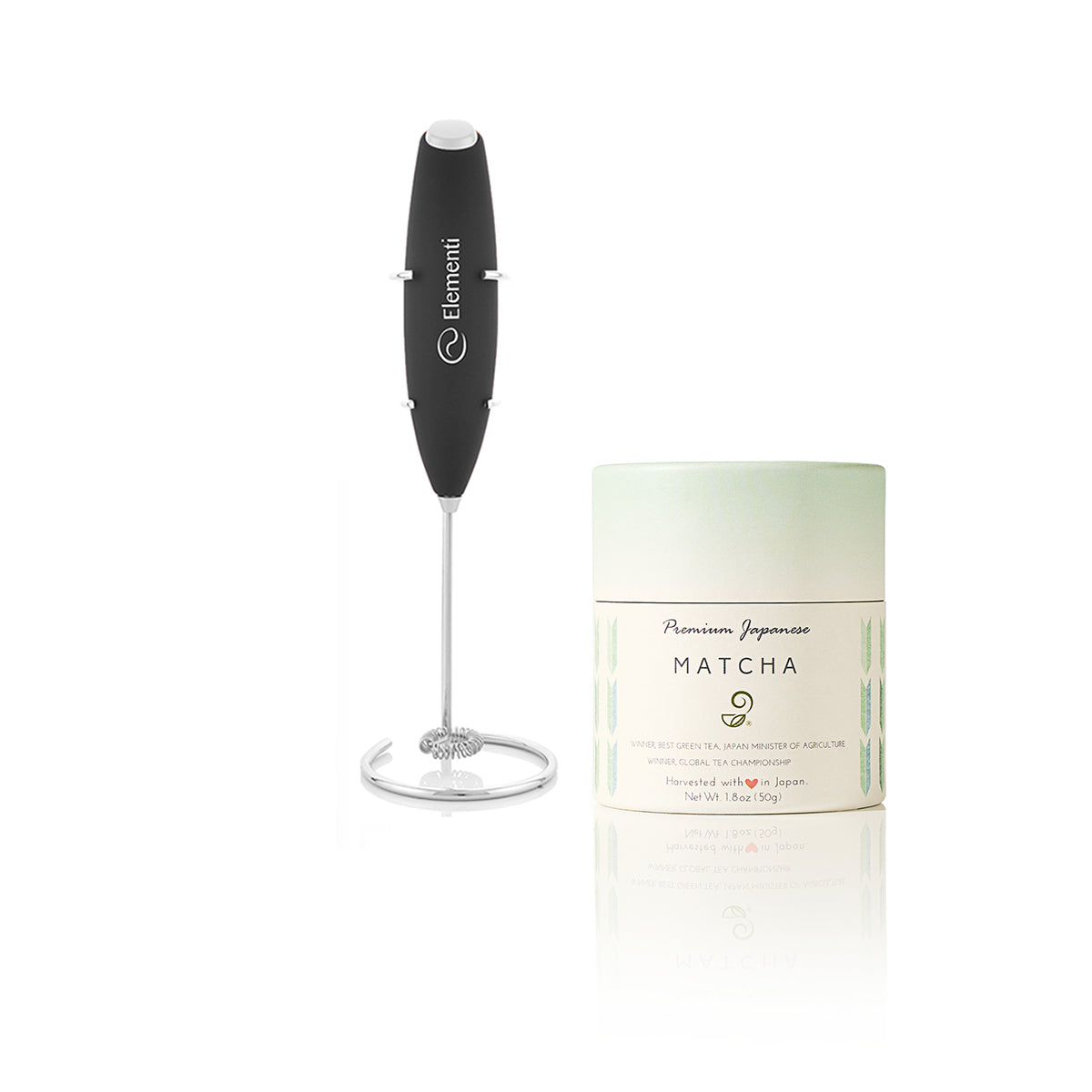
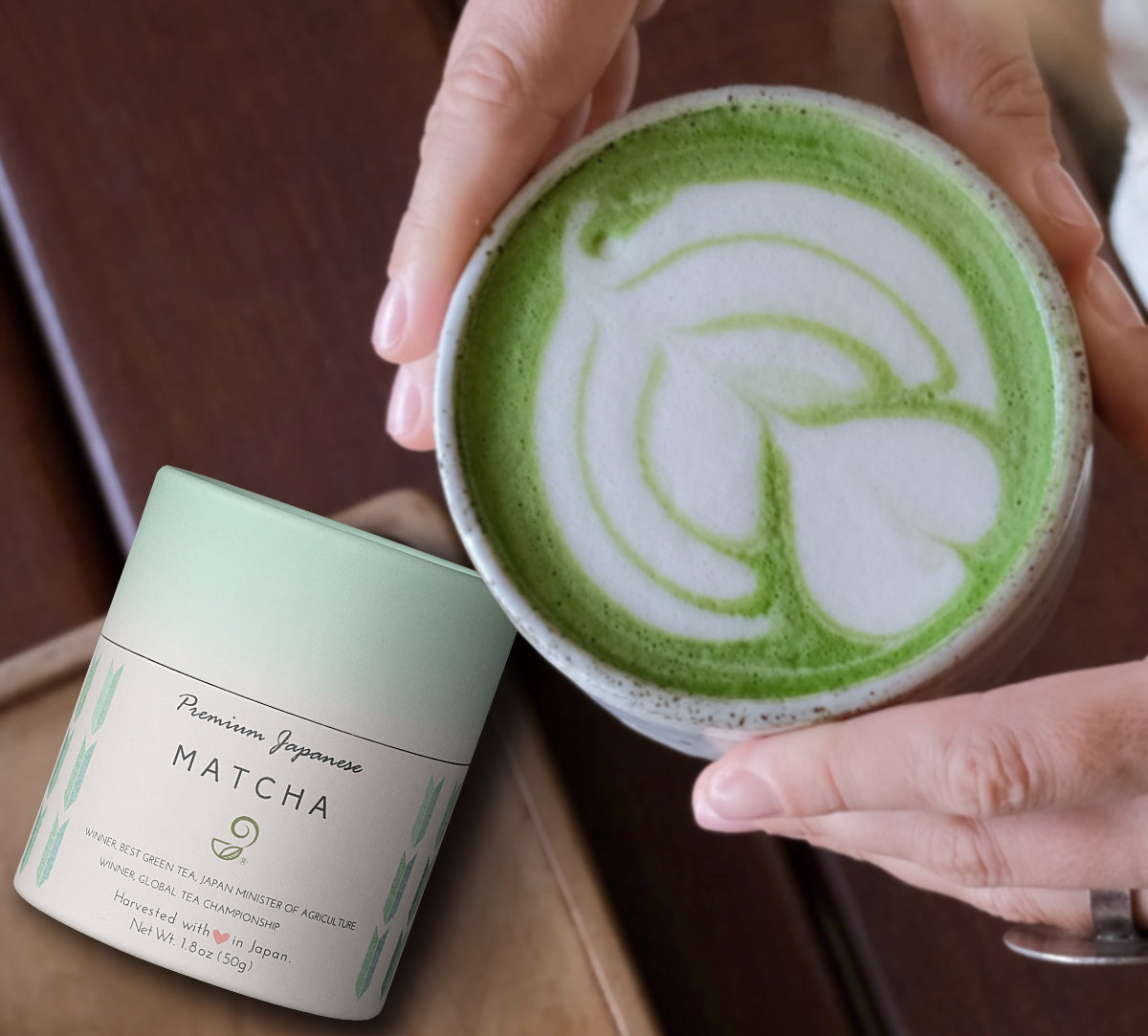
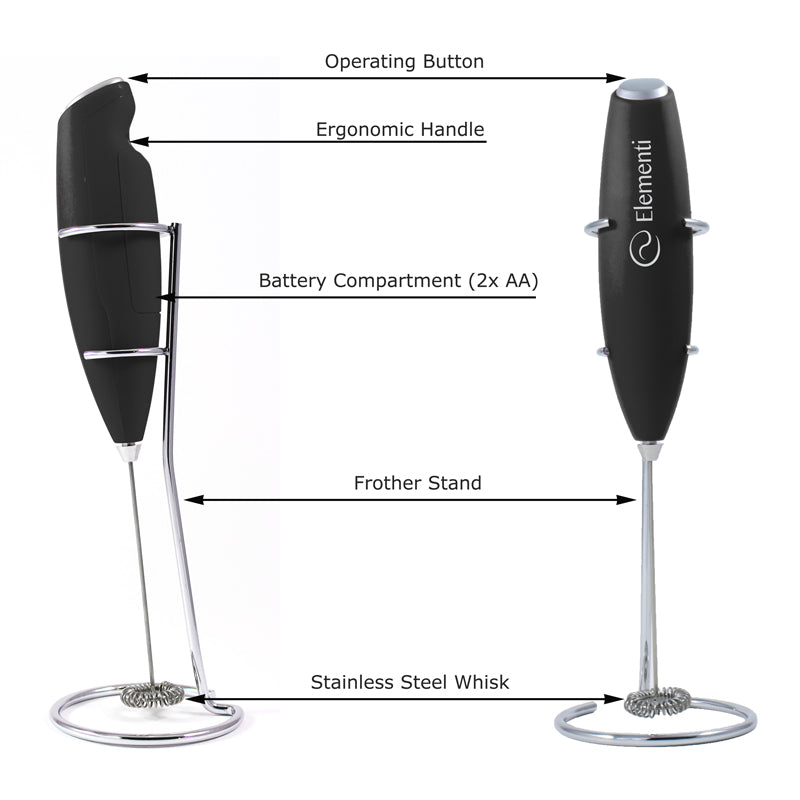
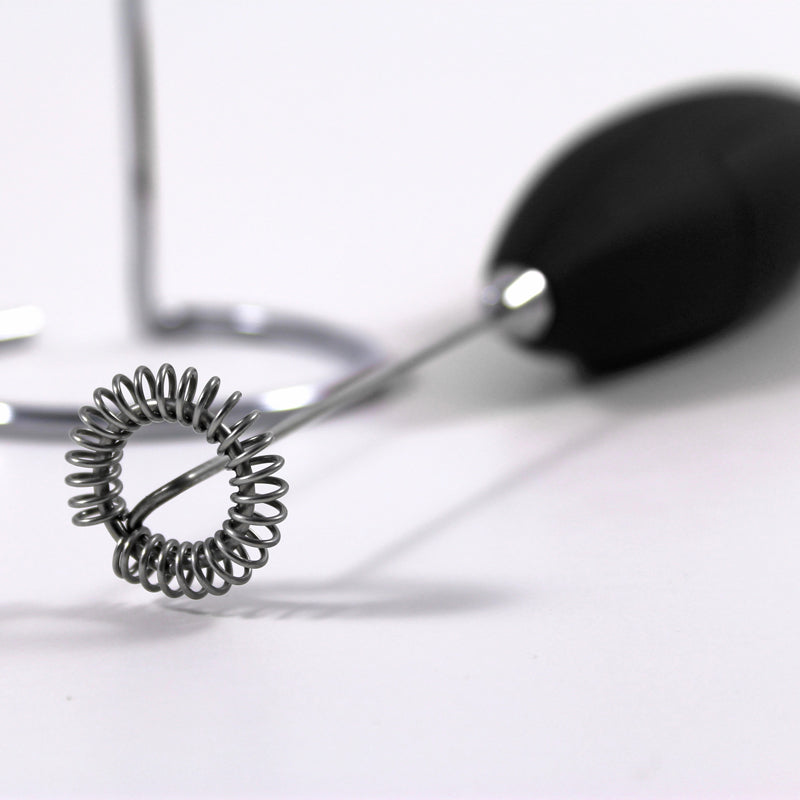
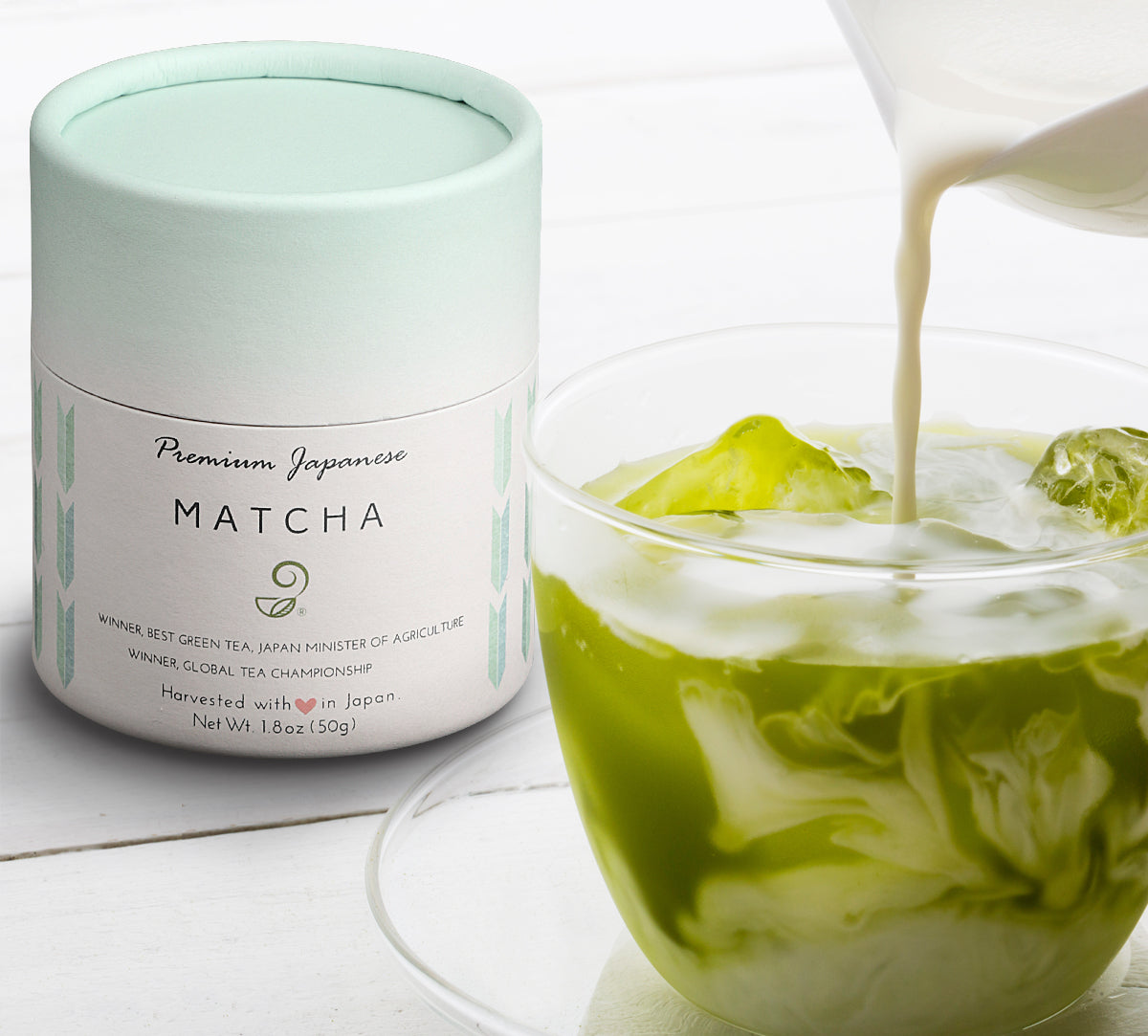









Your article was very interesting, thank you. I never realized how much caffeine was in the Matcha tea. Looking forward to trying it, I just wish it came “decaffeinated”. Have a great day!
I truly do love all of your Green Tea articles Mr.Kei Nishida.
The information you provide is a great Store of Health in itself! I will be purchasing some of your tea’s as soon as I can afford to because I truly cannot
afford not to .